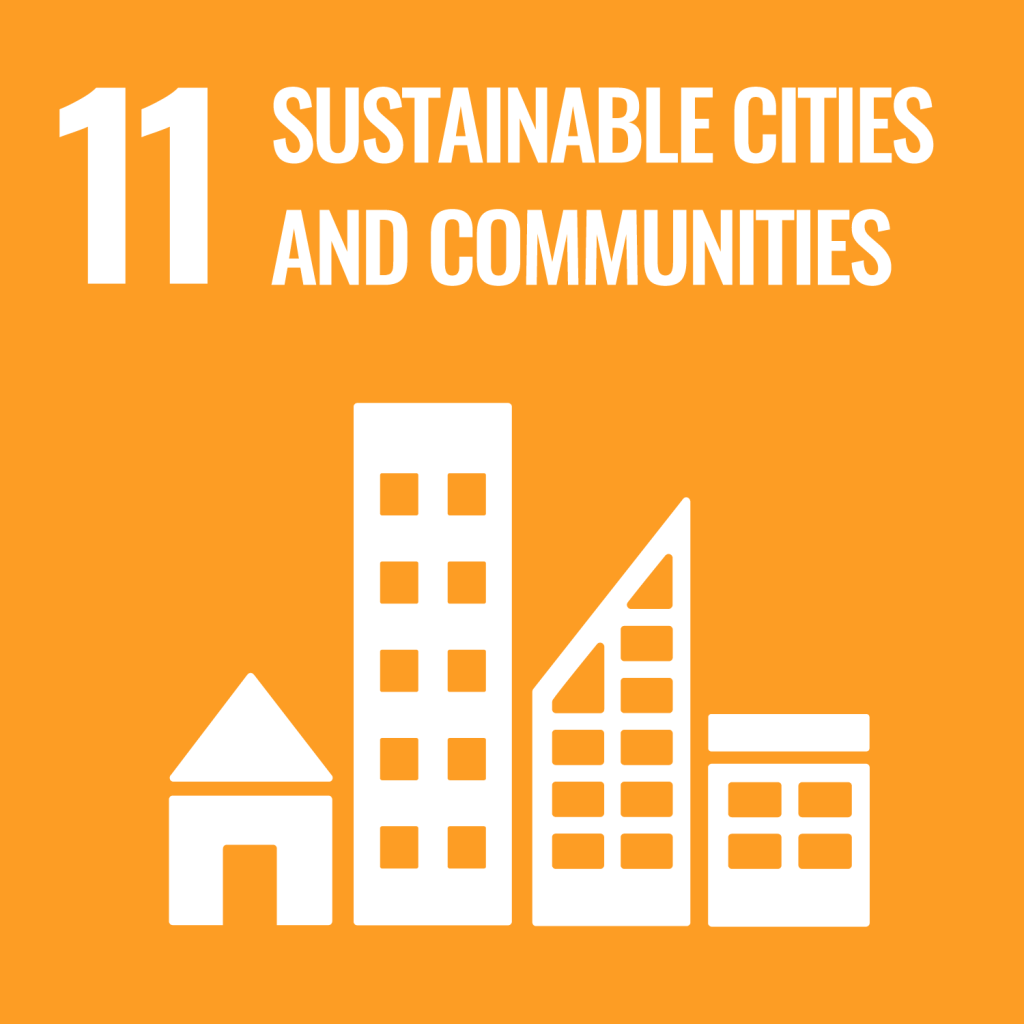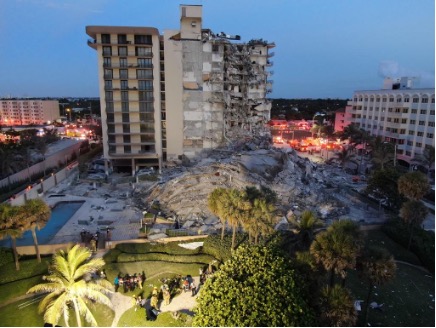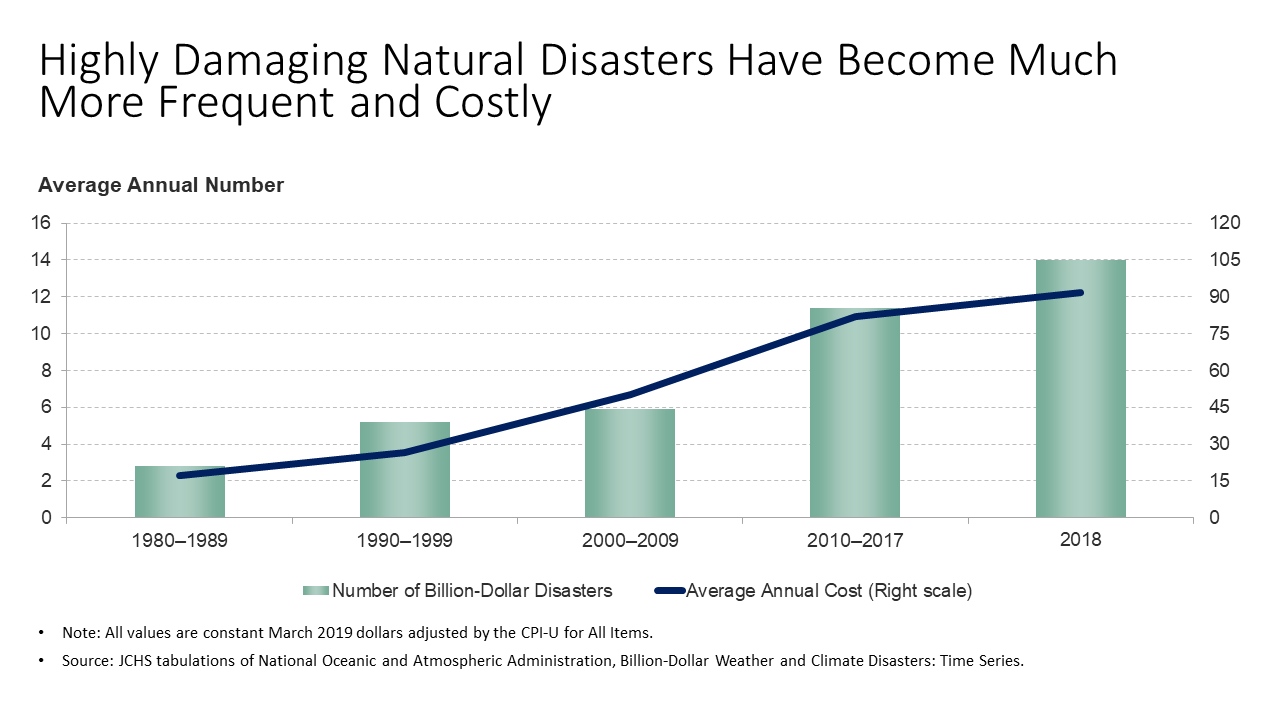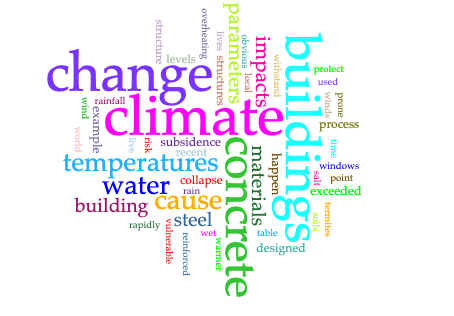Unit 10 City Life: SDG11
Sustainable Cities and Communities

Goal no. 11 of the 2030 Agenda for Sustainable Development aims to make cities and human settlements inclusive, safe, resilient and sustainable.
Click on the arrows to reveal more information about SDG11. You don’t need to remember everything you read – the main thing is to get an overview of this Goal.
Information and targets reproduced under the terms and conditions of United Nations websites. Copyright (2023). All rights reserved.
A reminder that links in this e-book do not open in a new tab. If you click on any of the links to a webpage, click the back button in your browser to return here.
Key Vocabulary
Check that you know the meaning and the whole word family of these key words before you begin the Unit. (NOTE: there may be other versions of the word forms – these are the common forms in the context of SDG 11). Also notice some common collocations in bold in the ‘Why this goal? and ‘Targets’ sections above. Add any new words, word families or collocations that you would like to remember to your vocabulary book.
Verb Noun Noun person Adjective
To urbanise urbanisation urban
To develop development developer developmental
To participate participation participant participatory
To include inclusion/inclusivity inclusive
To be poor poverty the poor poor
To be resilient resilience resilient
Introduction
Extreme poverty is often concentrated in urban areas. In Unit 7 you learned about the lives of homeless children in Harare. In this unit you’ll find out about efforts to provide safe and affordable housing for poor people in cities in South Africa and India. You’ll also hear about urban planning and the need to build structures that are resilient to climate change.
In your local context…
- Does your government offer affordable housing to the poor?
- Do you know of any sustainable developments in a city you are familiar with?
- The picture shows the collapse of the Champlain Towers apartment building in Miami, USA in 2021. The building had serious concrete damage that may have been linked to climate change. Do you know of any buildings that have been badly affected by climate change in your context?

Reading – Affordable housing proves life-changing for the urban poor – but poses unexpected risks for women
Before you read
1. Vocabulary recap:
- You learned the word ‘caste’ in the listening in Unit 6 about women in India, and met it again in the infographic in Unit 8. Can you give a definition?
- You’ll read about ghettos, or very poor areas of a city where people of a particular race or religion live closely together and apart from other people. Can you find a synonym for ghetto in the ‘Targets’ section above?
2. In Unit 5 you heard about ways to increase the role women play in development and the need for programmes that promote women’s inclusion. In this text you’ll read that failing to include women in the consultation process about the provision of safe and affordable housing to the urban poor in South Africa and India resulted in some unexpected risks for them. Can you predict what these risks might be?
Skim read
- Skim read paragraphs 1 and 2 (max 3 mins) and see if your predictions were accurate. Find three unanticipated difficulties for women associated with moving into their new housing.
- Skim read paragraphs 4 and 7 (max 3 mins) to find out where the new affordable housing is often located in both South Africa (paragraph 4) and in India (paragraph 7). Can you predict which of the three unexpected difficulties the location of the housing might cause?
Read for detail
Affordable housing proves life-changing for the urban poor – but poses unexpected risks for women

South Africa is known around the world for its significant housing programme, and India has made substantial efforts to develop its cities. Providing free or affordable housing brings obvious benefits to residents who have lived in desperately poor conditions with no water, electricity or sanitation, in precarious informal structures.
But research in these two contexts has found that the new housing has brought unanticipated difficulties for poor urban residents – and women in particular – alongside the gains. Moving into new housing can put women at greater risk from domestic violence, compromise their privacy and jeopardise opportunities to earn an income.
Both South Africa and India have a patchy record of providing affordable housing to the poor, as well as a chequered history of unequal access to land and housing for women compared with men. In South Africa, Apartheid laws meant black women were not entitled to own land or housing until 1994.
In the post-Apartheid era, the government has worked hard to redress these inequities. A national housing programme, introduced in 1994, aimed to provide “free” housing to any eligible poor South African (though residents still have to pay for rates and services). Often these are located on the edges of cities where land is cheaper.
To date, more than 4m housing opportunities have been created, and 56% of this housing has gone to women, rising to 70% in some areas – a crucial step for advancing gender equality.
In India, a person’s caste, class, religion and gender directly shapes their access to land and housing. This is particularly acute for poor women. For cultural reasons, many women do not own property, nor do they commonly benefit from joint ownership. They often do not inherit property.
A national programme implemented in 2005 to improve urban areas has aimed to provide infrastructure and basic services for the poor. In some contexts, former slum housing has been upgraded with formal brick or concrete built houses or flats. Elsewhere, the poor have been relocated to new housing, often on the edges of cities.
The Indian policy was not specifically designed with gendered issues in mind: instead, new houses were built for “the married unit”. But in parts of India, allocation has been through women-run community organisations, which has enhanced consideration of women’s needs.
A life-changing move
In both countries, the changes in living conditions are remarkable, from very poor-quality construction to solidly built flats or houses. Research shows that for many recipients of housing, the improvements in quality of life are significant. They can enhance a person’s sense of self-worth, and offer protection from rain, sun, animals and flooding. They can extend privacy through separated internal rooms. Houses are often cleaner and healthier. Having doors, locks, walls and roofs enhance security, and the buildings commonly have electricity, running water and sanitation.
But improvements in housing also present real problems, for women especially. Thicker walls and greater privacy mean women are less able to call out for help, since sound travels less easily. New ways of living are more private and separate, and this makes neighbours less inclined to intervene in domestic matters. In India and South Africa, where sexual and domestic violence levels are so high, this is a real problem.
The South African housing provision privileges those with dependants, often women. Providing women with legal ownership of new housing has caused unease among unmarried, single or separated men. They feel their positions of authority are undermined, and they worry about not benefiting from the housing programme.
What’s more, politicians and state employees including social workers and police agree that if a dispute over property arises, the needs of women and children should dominate. Men’s anxiety can result in heightened episodes of violence against women and children. For some households, acquiring a “proper” house leads to the household fracturing. These tensions are common in contexts of poverty: new assets generate hostility because resources are so scarce.
A loss of privacy
In India, costs of building mean some new homes have only one bedroom. Large extended families are compelled to share these modest spaces because of wider housing shortages. In effect, this can mean sleeping arrangements are more cramped than in former slum houses, which often contained multiple poor quality sleeping spaces.
In the new houses, grandparents and teenage children share rooms, and adult couples have little to no privacy. This loss of privacy impacted the women I spoke to, as part of our research: they lamented their inability to conduct normal adult relations and reported their husbands seeking lovers elsewhere. The shortage and type of housing produces new tensions between husband and wife.
New housing often reduces residents’ abilities to earn an income from or at their home. This impacts women especially, whose livelihoods can depend on work they can do from the home, such as selling food or small items. A change to apartment blocks reduces the potential for retailing to passing customers, and new rules or norms associated with formal housing can prevent informal economic activities occurring.
What’s more, smaller structures can limit opportunities for renting out spare rooms to tenants. And when the poor are moved out to housing on the edge of the city (common in both countries) it creates significant new constraints for travelling to work and for services. Women report new vulnerabilities associated with a lack of safe transport, lack of street lighting and long travel times.
Giving the urban poor access to formal housing can undeniably change their lives for the better. But the unanticipated challenges faced by women living in new housing in South Africa and India show how vital it is for such programmes to consider the impacts of this move on every member of society.
NB This version of the article, with permission from the author, does not include the hyperlinks to supporting articles found in the original. Click the title for the full version of the text, published under a CC BY ND licence in The Conversation, which should be used for reference and sharing.
Data Visualisation – Highly damaging natural disasters have become much more frequent and costly
- Read the introduction to the graphic and answer the four questions below. (Right click the image to open in a new tab to see full-screen).
‘Climate change is making extreme weather events increasingly frequent and increasingly severe. In the US in 2018 environmental disasters caused damage costing $92 billion. This included 14 weather events that each reached the $1 billion mark. Three events – Hurricane Michael, western wildfires, and Hurricane Florence – each caused more than $24 billion in damage. Such events used to be rare. In the 1980s fewer than three billion-dollar disasters hit the United States each year, totalling $17 billion in annual damage.’
- Look at the bar chart below and say:
- What do the green bars represent?
- What do the numbers on the left-hand side represent?
- What do the numbers on the right-hand side represent?
- What does the black line represent?
- In the period 2000 to 2018
- What was the increase in the number of billion-dollar disasters?
- What was the increase in the cost of these disasters?

Listening – Most buildings were designed for an earlier climate – here’s what will happen as global warming accelerates (9 mins)

Before you listen
- You’ve learned that climate change leads to more frequent natural disasters. In this listening you’ll hear about the damage that climate change is causing to buildings – including the way it is affecting reinforced concrete, one of the most widely used materials on Earth. The speaker concludes that the only option to deal with this problem, and create more sustainable cities, is to begin adapting the design of existing buildings by retrofitting them and to design and build new buildings that can withstand climate change. In Unit 4 you heard about ways to cut fuel consumption in the shipping industry, including the need to retrofit ships. Can you give a definition for the term ‘retrofit’?
- Look at the word cloud created from the transcript. The most frequently used words (the biggest ones in the cloud) are: climate (13), change (11), buildings (11), concrete (9), water (5). With the title in mind (‘Most buildings were designed for an earlier climate – here’s what will happen as global warming accelerates’) create a sentence that uses as many of these words as possible and predicts the main point of the listening.

In your local context…
- Are cities at risk of flooding, earthquakes, tornados or other climate-related natural disasters?
- Do building regulations make it essential for architects or builders to consider the need to take account of climate change when designing/building new structures?
- How important is it, in your opinion, to make cities safe and sustainable? If your context allows, would you be prepared to pay higher taxes so that urban planners can afford to do so?
Listen for detail
Play the audio here
Listen and complete the five tasks below. Listen just for main ideas until you hear the particular section summarised in each task, then listen carefully for the particular word or words that you need to complete it. Note that because the section in each task is a summary of the podcast, and not the whole transcript, you need to listen and select a relevant word or statistic from the flow of information while at the same time reading ahead, as some of the detail will, of course, be absent from the summary. Pause the audio after each task if you need time to complete it before you use the blue arrow to move on to the next one.
Download the transcript here: Unit 10 Listening transcript
Vocabulary – Damage to the physical environment due to climate change
Read the eight sentences from the Listening. Drag and drop an appropriate verb to complete each gap.
Grammar – Articles (a, an, the, Ø)
Grammar focus – Articles
Articles show whether a noun is general or specific.
- use ‘a’ for a general term, and ‘the’ for a specific term.
- use ‘a’ before words that begin with a consonant, and ‘an’ with words that begin with a vowel (or sound like a vowel) to make them easier to say.
- use ‘a/an’ when we mention something the first time, and ‘the’ thereafter.
- singular, countable nouns require an article (or demonstrative adj.) before them. But not plural nouns, because ‘a’ means one.
- use ‘the’ with specific plural nouns.
- use ‘the’ in comparative structures.
- use ‘the’ with things that are unique, and with the names of some places.
Practice
Writing
In this Unit you’ve learned about living conditions in cities, and the way the climate crisis is affecting housing. Maria’s story describes the struggle of ordinary people to persuade governments to listen to them and to act to improve the urban physical environment. Maria lives in Bishkek, the capital city of Kyrgzstan.
Read Maria’s story and write a response to it that incorporates what you know about the struggle for decent living conditions in cities and SDG11 Sustainable Cities and Communities. Write about:
- What motivated Maria to start collecting data about levels of air pollution in her city.
- What the data she collects is useful for.
- The outcomes of her persistence.
- Any other topic relevant to the challenges of city life and SDG11.
Champions of the Earth: Kyrgyzstan’s Environmental Entrepreneur
When Maria Kolesnikova saw in 2017 a photo of Kyrgyzstan’s capital Bishkek where the entire city was covered with smog, she decided to start raising awareness about environmental issues, to offer green solutions and to educate young people about all these topics.
“We wanted to understand more about what was in the air that we were breathing, and what data the city was collecting in order to try and make things better,” said Kolesnikova. “But we didn’t find any relevant, actual data – either it was not being collected or it was not being shared. So, we decided to produce data ourselves.” Her organization Movegreen started with installing only three sensors, but now has expanded to a network of over 100 sensors to measure levels of fine particulate matter. The monitoring helps warn schools to keep their windows closed and educators to warn parents to keep their children from exposure to fine particulates. She also led the team to develop the AQ.kg mobile app, to allow everyone with easy access to timely data on air quality.
“Our data has been challenged, our methods have been challenged – by those who say that citizen monitoring data is unreliable,” said Kolesnikova. “But we kept having meetings and we kept going back and now, they listen. The result of our work has been connection with the government, to improve environmental monitoring in Bishkek, to do a better job of monitoring and reducing emissions.”
Department of Economic & Social Affairs Statistics Division (2022) ‘Bringing Data to Life: SDG impact stories from across the globe.’ Available at: https://unstats.un.org/sdgs/report/2022/SDG2022_Flipbook_final.pdf
Speaking
- All SDGs interact with one another – by design they are an integrated set of global priorities and objectives that are fundamentally interdependent. In this Unit you’ve focused on SDG11 Sustainable Cities and Communities. Read the extract below from the ‘Why this goal’ paragraph at the start of the Unit that illustrates some possible overlaps (in brackets) with SDG11:
‘Extreme poverty [SDG1] is often concentrated in urban spaces. Making cities safe and sustainable [SDG11] means ensuring access to safe and affordable housing and upgrading slum settlements. It also involves investment in public transport [SDG9]’.
Work in pairs or small groups and see if you can you think of any other overlaps between the SDGs. Look at the 16 SDGs on the Welcome page to help you.
- Read the summary and answer the questions that follow:
SDG11 Summary
There is a strong link between the quality of life in cities and how cities draw on and manage the natural resources available to them. To date, the trend towards urbanization has been accompanied by increased pressure on the environment and accelerated demand for basic services, infrastructure, jobs, land, and affordable housing, particularly for the nearly 1 billion urban poor who live in informal settlements.
Due to their high concentration of people, infrastructures, housing and economic activities, cities are particularly vulnerable to climate change and natural disasters impacts. Building urban resilience is crucial to avoid human, social and economic losses while improving the sustainability of urbanization processes is needed to protect the environment and mitigate disaster risk and climate change.
Resource efficient cities combine greater productivity and innovation with lower costs and reduced environmental impacts, while providing increased opportunities for consumer choices and sustainable lifestyles.
Reproduced with kind permission of the UN Environment Programme. Copyright (2023). All rights reserved.
- Cities are vulnerable to climate change and the impacts of natural disasters. Is there evidence of this in your local context?
- More and more people live in urban environments, and extreme poverty is concentrated in urban spaces. Urbanisation is now being seen as a potent, and urgent, component of both anti-poverty and sustainability efforts. What measures, if any, are being taken in your local context to deal with these?
- Can you give a definition for the words in bold above?
A reminder that if you have access to the internet and are studying by yourself without other people to practice your spoken English with, you can use artificial intelligence (AI) to gain fluency practice. See here for instructions and prompts.
Here are some prompts related to this Unit:
- ‘Give me some examples of sustainable architecture designed to withstand climate change. Ask me my opinion about them.’
- ‘Give me some data about the number of natural disasters in [insert country]. Let’s have a dialogue about these disasters and how much it costs to deal with them.’
Extension activities
After every two Units you are offered a choice of extension tasks. Use the menu bar on the left-hand side of the screen to access Extension Activities Units 9 and 10.
Looking Ahead to Unit 11
In Units 9 & 10 you’ve learned about the way some people have to struggle to gain work and decent housing. In the next Unit you’ll look at struggles against unethical business practices, and at the struggle of indigenous people to reclaim ancestral territories.
- What do you know about forced labour? Is it a problem in your local context?
- What do you know about the situation of indigenous people in North America?

